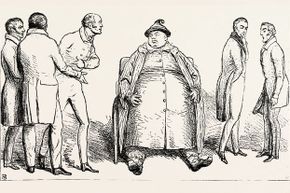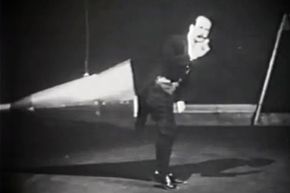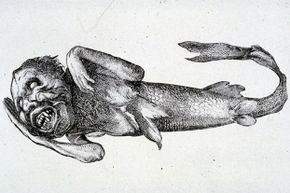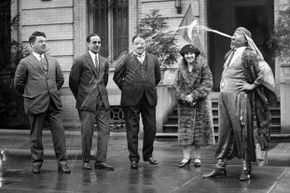In the past — we're talking the Middle Ages here — disabilities or physical manifestations of medical conditions did not elicit the kind of awe and interest that later inspired sideshows. For a lot of history, people with atypical presentations were seen as harbingers of evil spirits or bad omens [source: Grande]. We mention this not to pat ourselves on the back for how far we've come when it comes to medical diagnosis and treatment, but to point out that for a long time, we traded one kind of "othering" for another.
Circus sideshows also allowed us to separate the "freaks" — and we'll not be using that term, although it has been reclaimed by some disability activists — from the "normal" people. But this time it was supposedly under the guise of interest, and not necessarily derision or fear. (A premise that could be much argued.) In any case, we'll take a look at some of the strangest sideshows that have cropped up through history — some of which are still popular in the (much more empowering) sideshows that exist today.
Advertisement
But let's start with a sideshow that illustrated that it didn't take much besides a medical condition to present people for gawking.










